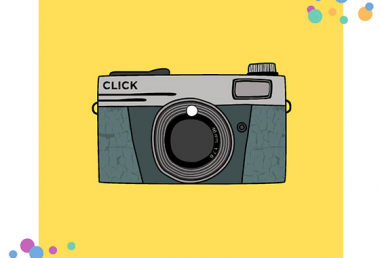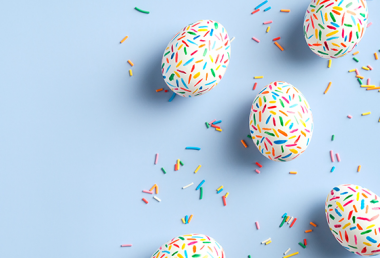 Pixomatic Team
Pixomatic Team
Retro and aged photos are not going out of trend anytime soon. In fact, tarnished photos are listed as one of the key photography trends in 2021. Why is it so popular? I am glad you asked because retro photography is a means of conveying nostalgia of bygone years through places, people, fashion, and color. Images from the 60s, 70s, 80s, and 90s still inspire photographers of today and influence their storytelling ways. If you want to know more, let’s look at the traits of retro photography.
1. Contrast
Contrast is one of the main traits that will help you get a retro photo from a contemporary Ultra HD digital photo. High contrast will make the image sharp and well-defined, which is great for a modern vibe but does not suit a retro look. Low contrast, on the other hand, lifts the sharpness of the colors and shadows and adds a hazy mist to the photo.


To adjust the contrast of any photo you just need to go to Adjust and select the Contrast tool to shift the slider. You can find this effect on old polaroid images and faded film, but also on many influential social media profiles.
2. Black&White
Black and white is no longer the absence of color technology, it is a genre of its own. Much like a ‘little black dress’ that Karl Lagerfeld advises every woman to have in their wardrobe, a black and white photograph is minimalistic and elegant.
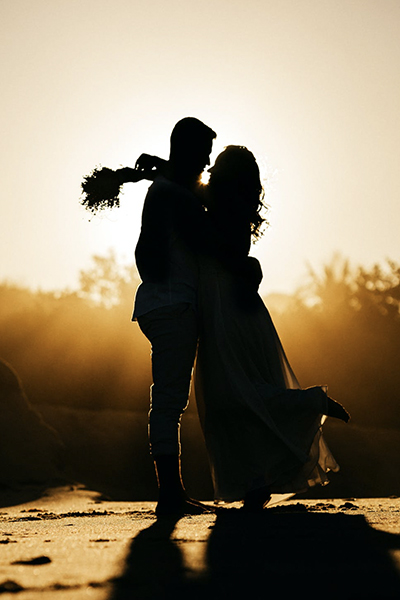
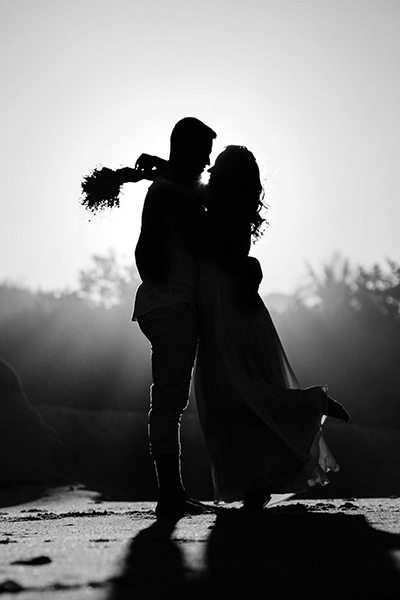
Photographers still use monochrome cameras to capture architectural detail and portraits. Luckily, you can still enjoy a beautifully balanced black and white photo without buying a new camera. Simply go to Adjust and decrease the photo Saturation, or you can choose a black and white Filter from the 16 options.
3. Gamma
Gamma is the luminance of an image, not to be confused with brightness. It alters the difference between light and dark colors in a digital image rather than lightening all areas equally.


Although high gamma may seem like low contrast, the first tool makes an image lighter and not washed-out. Aged photos often lighten out with time and sun exposure, and this effect is characteristic of retro-style photography. Not everyone can get their hands on an old photo but a photo editor is your shortcut to instant gamma raise.
4. Sepia
Sepia is actually a photography toning when a silver-based black and white photograph goes through a chemical process. This technique is done in a dark room, and cannot be repeated with color photographs. The good news is you don’t need to bustle with getting a sepia effect anymore. A photo editor is a hacking tool that actually allows you to make changes to any kind of photograph, as long as it is in a digital form.
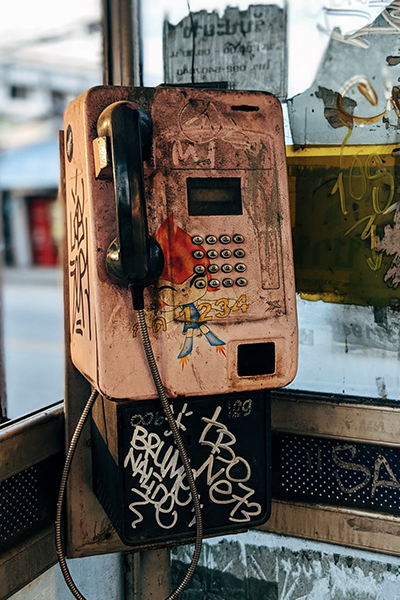
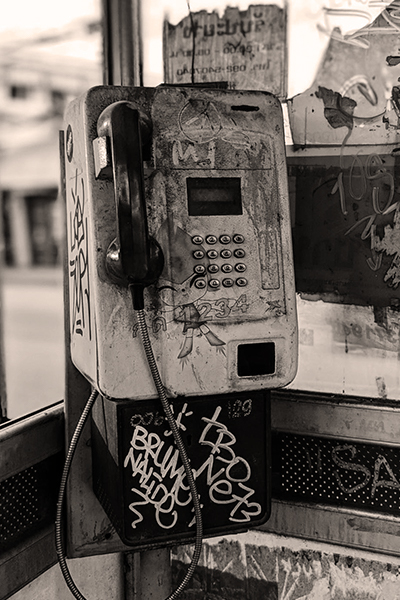
You can easily adjust your photo and give it a faded copper tone by shifting the Sepia slider. This effect transforms an image back to the 19th century, making it a nostalgic retro shot.
5. Grain
The grainy texture of a photo immediately gives away its age. This may not make sense when it comes to digital photography, because everything is stored as code. But film photographs were not as clear from the start. With time, the film gets damaged and gets a grainy effect as though someone printed it on sandpaper.
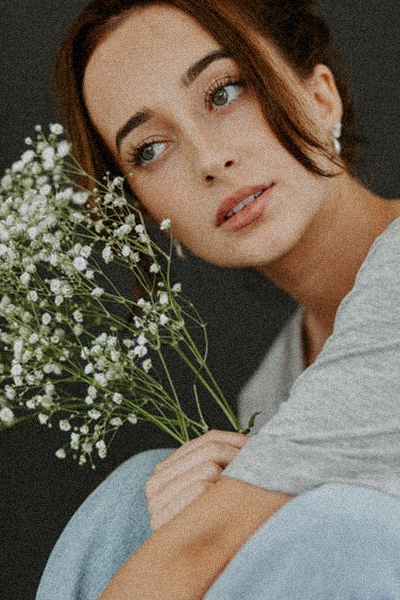
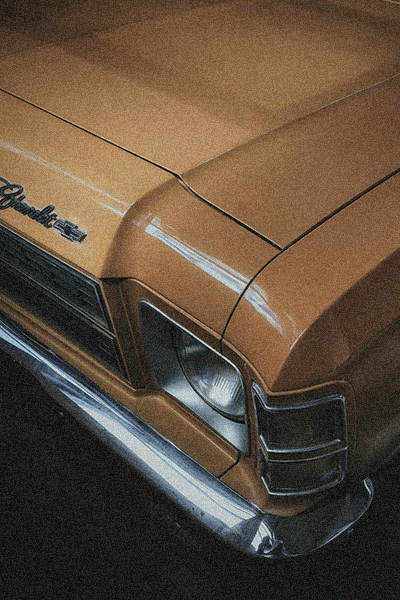
Although your digital camera will not let that happen to your photos, you can still achieve the same effect with a quick retouch in a photo editor. Simply go to Adjust and move the Grain slider up to increase the grain particles. Many professional photographers today still add some worn effects to their creations to give the scene a retro touch.
Can't wait to check out your time travel skills and experiments!

